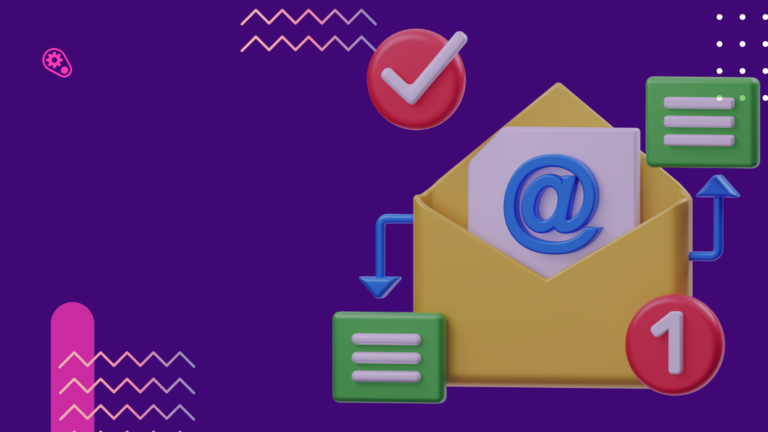What is Conversion in Google Ads?
According to Google, a conversion in Google Ads is when a user performs some specified action after clicking an ad or viewing a Display Network ad, such as purchasing a product, installing a mobile app, or signing up for an email list. Conversion tracking provides key insights into users’ actions after viewing or clicking an ad.
In other words, it is an action that you can specify as a conversion for your ads purposes. Conversions commonly used are email subscription, browse product, add to cart, initiate checkout and complete a purchase. Which conversion action to use depends on your business type. For example, an e-commerce website that’s selling beauty products, the most important conversion is a purchase. However, if this is a luxury-priced beauty product, it is not uncommon that the first applicable conversion for ad traffic to get a newsletter sign-up or just a product add to cart.
What is the conversion rate?
Conversion rates are calculated by simply taking the number of conversions and dividing that by the number of total ad interactions that can be tracked to a conversion during the same time period. For example, if you had 50 conversions from 1,000 interactions, your conversion rate would be 5%, since 50 ÷ 1,000 = 5%.
From the equation, there are 2 factors directly affecting the conversion rate- the number of conversions and the total ad interactions. To increase the conversion rate, you can either increase the number of conversion or decrease the total ad interactions. The latter might sounds counter-intuitive but stay on, we will get to that in a sec.
Ads Conversion Rate Optimization
It is not wrong to say that conversion rate optimization is the ultimate ad metric optimization. You want to get as many as possible conversions based on the total number of ad interactions.
So,what exactly is affecting the number of conversion? That depends on your conversion action and where the conversion is happening. For example, if the objective of the ad is to get a call directly from the ad. Then, the ad copy is essential to convince and strong call to action to make a call.
If the conversion is taking place at a landing page, such as email subscription or add to cart, the conversion has to take in more factors:
- Attractive ad copy/creatives: Enticing for viewers to click to find out more. Speak the language of your target audience. Though we want to attract but do not over-promising. This can be directly shown by the metric – Click-through-rate (CTR).
- Landing page speed: The faster your website’s load time is, the happier your visitors will be. In other words — when you optimize your web page’s load time, you can expect to see improvements in user experience (UX), conversion rates, and ultimately, sales revenue.
- Landing page content: This includes the messaging, layouts and clear CTA. Can’t stress enough the importance of consistency in messaging from ad copy to landing page. Many drop off because what they see on the landing page doesn’t have continuity from the promise in the ad copy.
- Minimize distraction: Often we tried too hard/ too eager to let the visitors know more about our products/brand by providing all sort of information. Sometimes it works, but more often the visitors got distracted from performing the conversion you want them to take. Observe their on-page behaviors and strike a balance.
- Ease of converting: Make it easy to perform the conversion action you want them to perform. Less is more. Fewer clicks and input by the visitor the better.
These are just some tips to consider based on common conversion actions. Each business has its unique set of audience and branding guides that come into play.
Feel free to book a free consultation with us if you need help in improving your ads conversion rate.
Reducing the Number of Ad Interactions
Yes, you read that right. However, not directly let the number of interactions slides. It is by carefully testing and selecting the target audience and also the target keywords.
The rule of thumb is- the more motivated someone is to find a solution, the less you have to pay to convert them.
So, you could target in-market audiences instead of just a broad interest audience. You might see a drop in reach or impression but the audience you reach is more like to convert than bounce or drop off.
Secondly, adjusting the target keywords, especially the long tail keywords that give you high conversion. If you found one or more, congratulations, you’ve found the golden nuggets.
Logn-tail keywords usually spell more intent than a short keyword. For example, the keyword “slimming pills” doesn’t state for any intent, the searcher might just looking for more information on what brands, what side effects, what ingredients, how they work etc.. Compared to a long-tail keyword “dr that prescribes slimming pills”, this indicates that the searcher has buying intent and wishes to get prescriptive slimming pills. This would definitely be a target keyword for any medical weight loss ad account.
Other Important Ad Metrics
Is the conversion rate the only metric to judge your ad optimization performance? Of course not. There are other metrics like cost per conversion, CPC, which affect your RoAS or ROI.
Ad performance optimization is an ongoing and repetitive cycle of improving each metric. The conversion performance needs downstream of the funnel (eg. landing page or website, email marketing) to orchestrate together.
We invite you to schedule a call with us to make your ad performance up a level.



